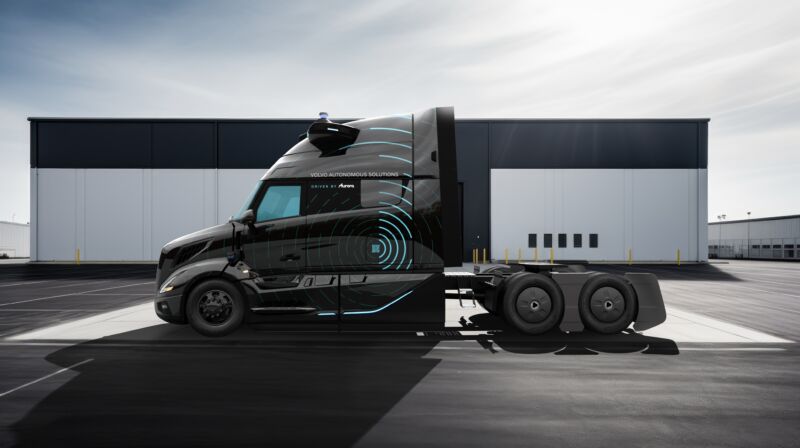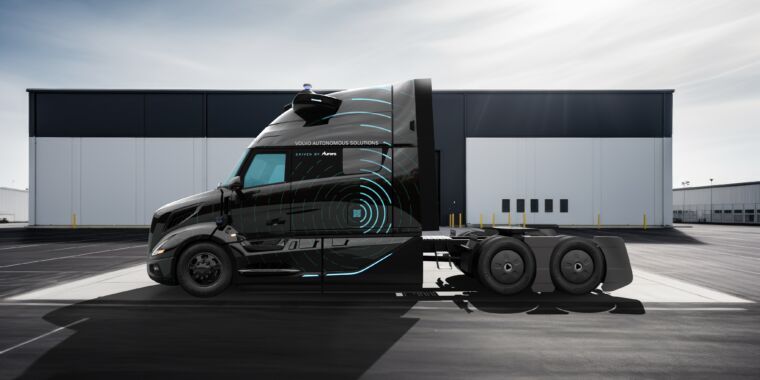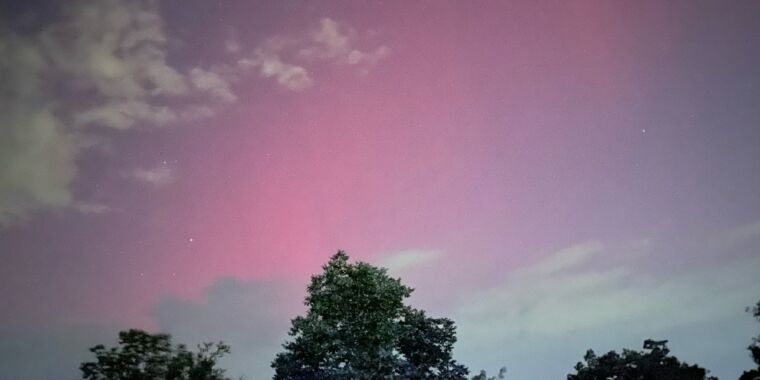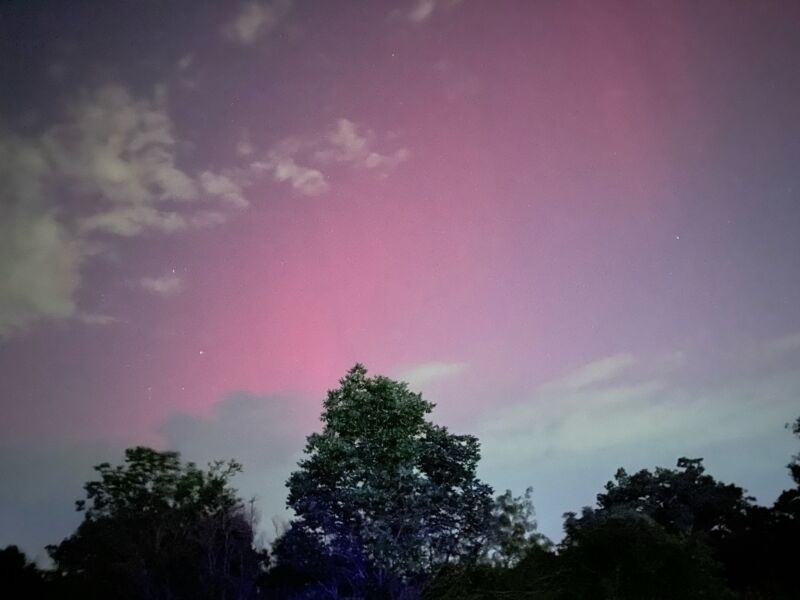This is Volvo’s production-ready fully autonomous Class 8 truck
still need a human to hook up the trailer —
Some believe autonomous trucks are the answer to a shortage of truck drivers.

Enlarge / Aurora’s sensors festoon this Volvo VNL class 8 truck.
Volvo Trucks
Recently, we took a look at Volvo’s VNL new Class 8 heavy truck developed for the North American market. Last night at the ACT Expo trade show, the company debuted a new variant, called the VNL Autonomous. The name should give it away—this truck has been designed to drive itself using autonomous tech from the startup Aurora.
The VNL Autonomous has been designed for SAE level 4 autonomy and combines long-range lidar with radar, cameras, and other sensors. Input from these sensors is processed by a redundant pair of computers running Aurora’s AI software. Aurora has been a partner with Volvo Autonomous Solutions for some years now, working on hub-to-hub driverless freight systems for the North American market.
“Our platform engineering approach prioritizes safety by incorporating high-assurance redundancy systems designed to mitigate potential emergency situations,” said Volvo Autonomous Solutions’ chief product officer Shahkh Kazmi. “We built the Volvo VNL Autonomous from the ground up, integrating these redundancy systems to ensure that every safety-critical component is intentionally duplicated, thereby significantly enhancing both safety and reliability.”
This is the first production-ready system from this partnership, and the two companies say the truck has driven more than 1.5 million miles (2.4 million km) on public roads in testing and billions of miles in simulated environments.
“This truck combines Aurora’s industry-leading self-driving technology with Volvo’s best-in-class truck, designed specifically for autonomy, making it a must-have for any transport provider that wants to strengthen and grow their business,” said Sterling Anderson, cofounder and chief product officer at Aurora.
Autonomous trucking remains of interest to the freight industry due to ongoing shortages of commercial drivers. But the future of Class 8 heavy trucks carrying cargo with no human on board may still be some time off. The California Legislature is again trying to pass a law that would require a trained human to be present aboard any autonomous vehicle weighing more than 10,001 lbs (4,536 kg); a similar bill was vetoed in 2023 by California Governor Gavin Newsom.
This is Volvo’s production-ready fully autonomous Class 8 truck Read More »


